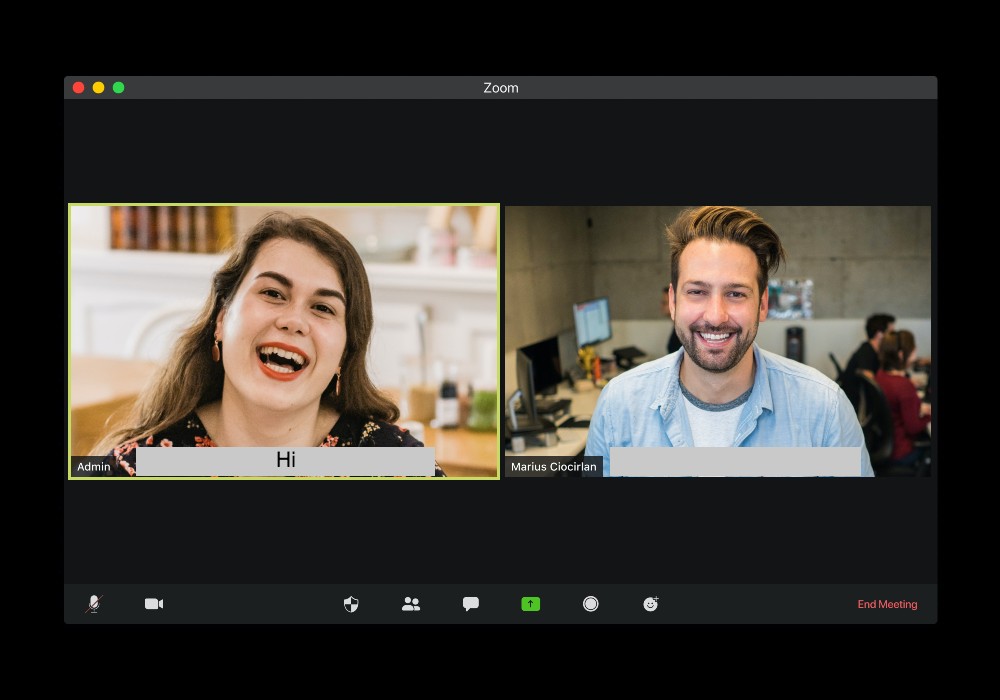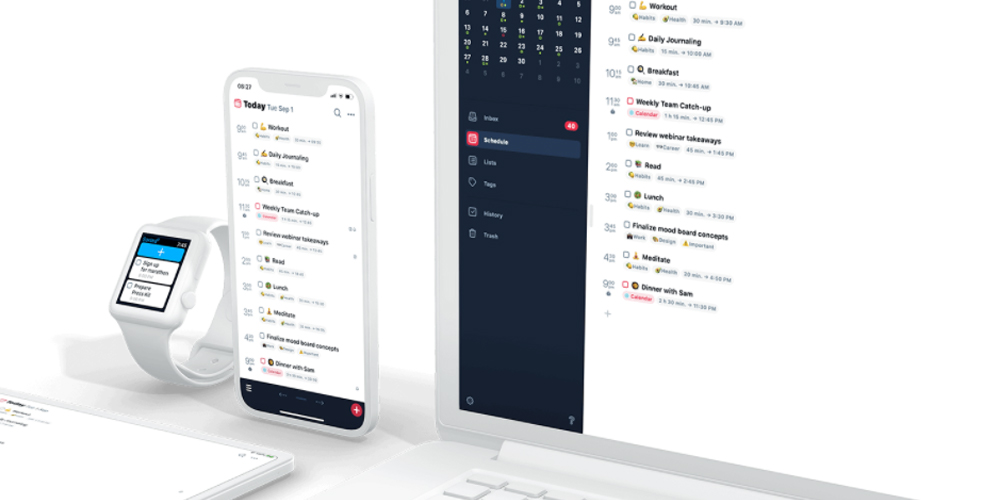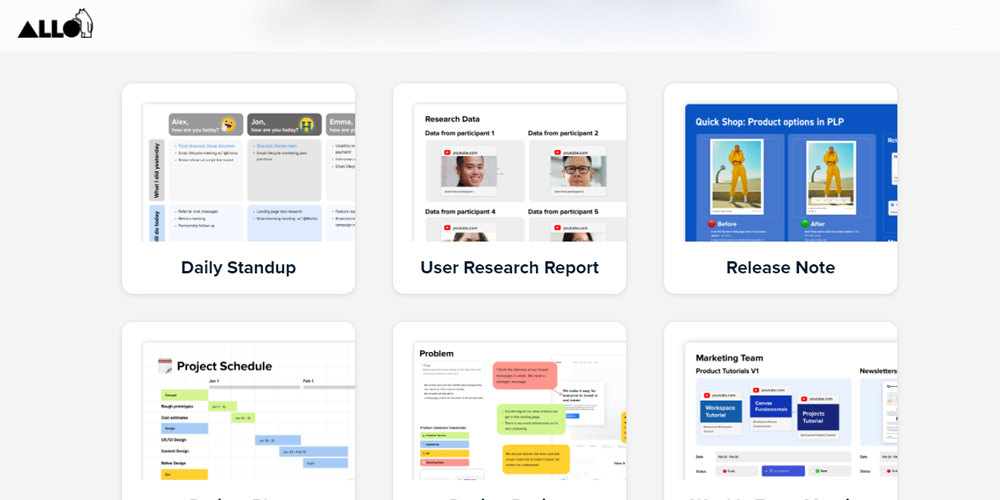The ubiquitous all-father Zoom continues to prompt innovation–and in a time during which most companies are still using some form of remote communication, who can blame them? It’s only fitting that someone would come along and try to flesh out Zoom’s accessibility features at some point, which is exactly what Zoom Live Captioning sets out to accomplish.
Zoom Live Captioning is a Zoom add-on service that promises, for a flat fee, to caption up to 80 hours per month of users’ meetings via an easy-to-implement plugin. The allure is clear: a virtual communication environment that is more time-efficient, more accessible, and more flexible for a variety of usage contexts.
Unfortunately, what’s less clear is how Zoom Live Captioning proposes to achieve this goal.
The live-captioning service boasts, among other things, “limited lag” and “the most accurate [speech-to-text AI] in the world”–a service that, despite its sensational description, is still only available in English. Furthermore, anyone who has experienced auto-captioning on YouTube videos–courtesy of one of the largest technology initiatives in the world–knows that, even with crystal-clear audio, caption accuracy is questionable at best.
Try applying that level of moving-target captioning to your last Zoom call, and you’ll see what the overarching problem here is.
Even if your Zoom call has virtually no latency, everyone speaks clearly and enunciates perfectly, your entire team speaks conversational English at a proficient degree across the board, and no one ever interrupts or experiences microphone feedback, it seems reasonable to expect that captions would still be finicky. Especially if you’re deaf or hard of hearing–a selling point Zoom Live Captioning drives home–this is a problematic flaw in a good idea.
Now, it’s completely fair to postulate that any subtitles are better than no subtitles at all. If that’s the decision you’d like to make for your team, Zoom Live Captioning starts at $20 per person per month; larger teams are encouraged to contact the company to discuss more reasonable rates if they want to incorporate live captioning across an enterprise.
Nothing would be better for speech-to-text innovation than being wrong about Zoom Live Captioning’s potential for inaccuracy, but for now, it’s safe to be a little skeptical.
Jack Lloyd has a BA in Creative Writing from Forest Grove's Pacific University; he spends his writing days using his degree to pursue semicolons, freelance writing and editing, oxford commas, and enough coffee to kill a bear. His infatuation with rain is matched only by his dry sense of humor.










































Pingback: Tired of Zoom? NVIDIA arrives with a video conference challenger
Pingback: Tired of Zoom? NVIDIA announces AI-powered contender